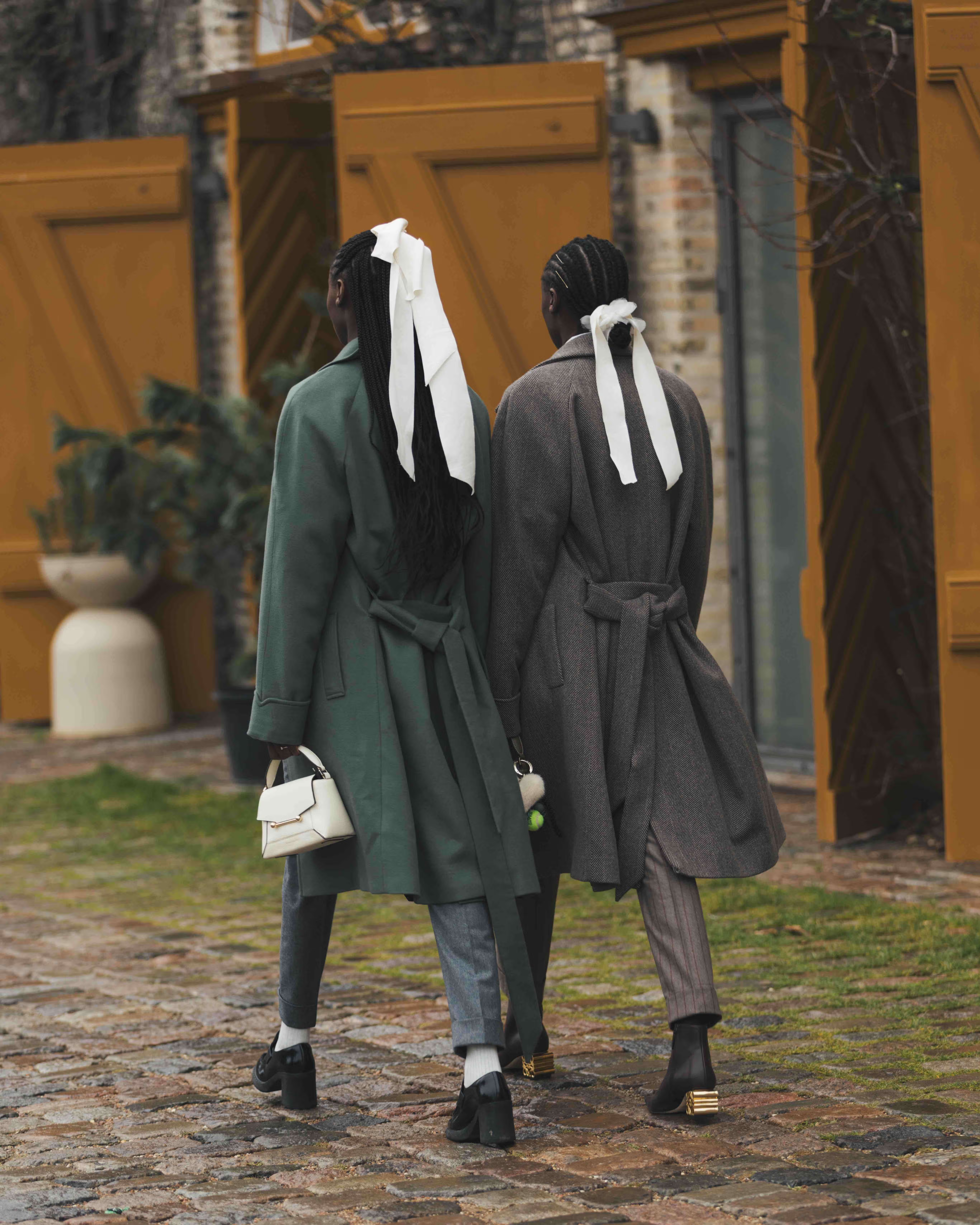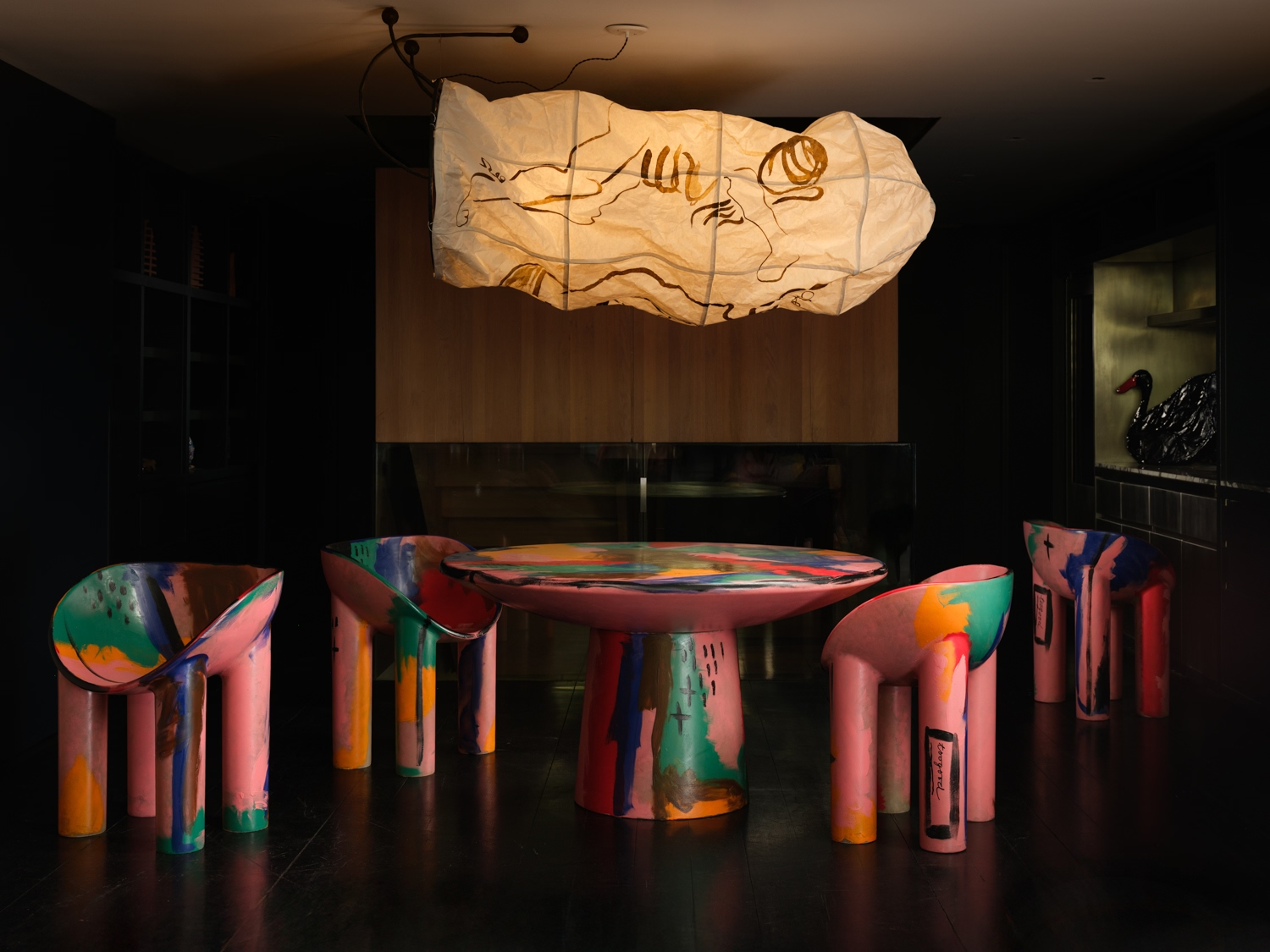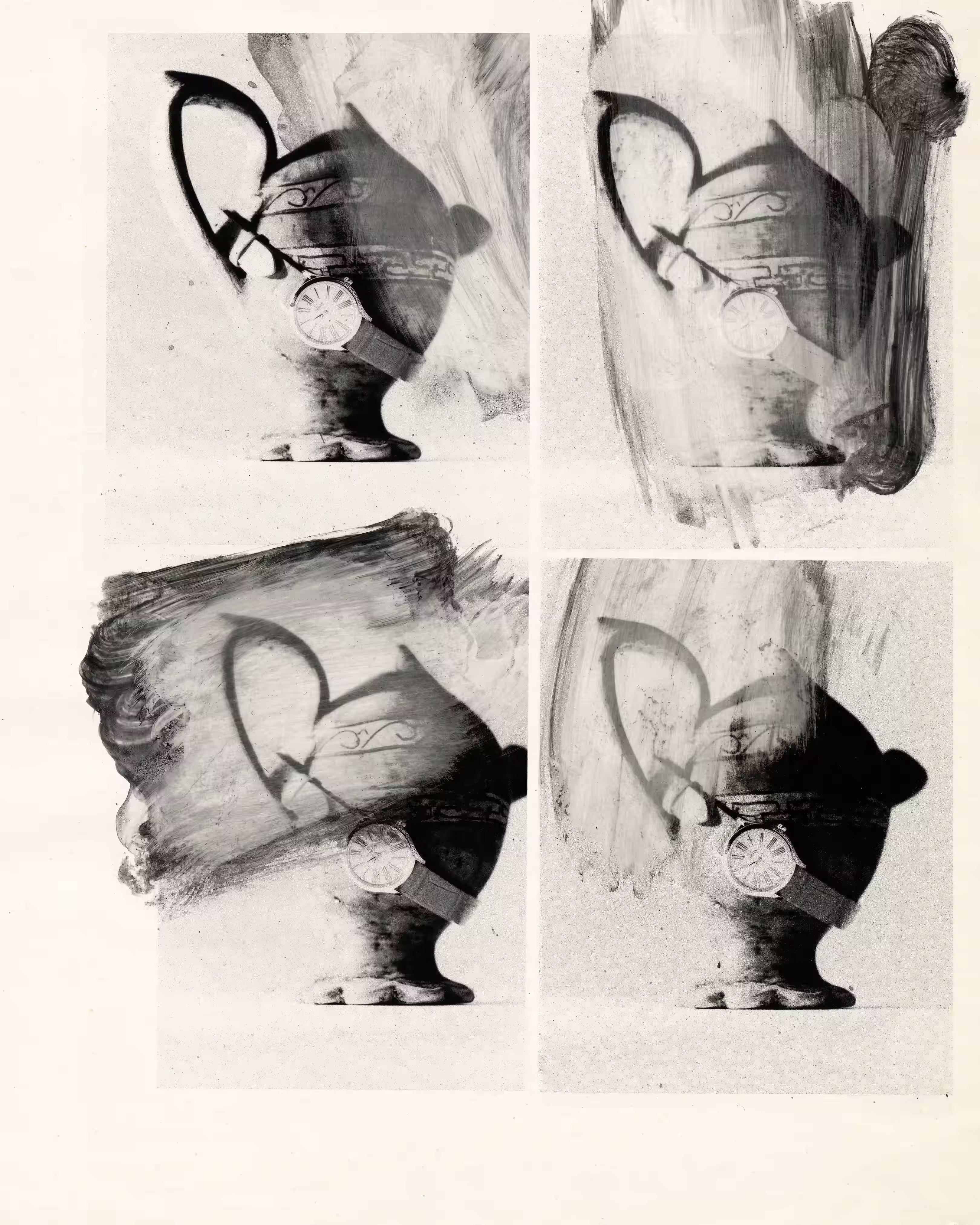_result.avif)
Americans may exude external confidence, but the Danes operate from internal self-esteem. This differentiating factor stems from Denmark’s culture of adequately addressing its citizens' basic needs. It’s a compelling, psychological sentiment that illuminates the success of Copenhagen Fashion Week (CPHFW), attributed to the value system integrated in Danish culture. Once perceived as a smaller player in the global fashion arena, Denmark’s capital event now resonates internationally. It is the world's fifth major fashion week, following New York, London, Milan, and Paris—despite other cities from Tokyo to Lagos to Berlin long-competing for this position.
This success is largely due to CPHFW’s pioneering approach to impact: It was the first global fashion week to require brands to meet sustainability standards in 2020. Over the following years, it has adeptly addressed critical challenges such as overproduction and worker exploitation. This may seem like an obvious movement for a fashion council to lead, but most not-for-profit trade associations, such as the Council of Fashion Designers of America, which oversees New York Fashion Week, are more hands-off when it comes to tackling overconsumption or the industry’s broken supply chain.

For the last five years, CPHFW has instituted a minimum of 19 sustainability requirements across six focus areas: strategic direction, design, smart material choices, labor and working conditions, consumer engagement, and show production, which have all been embraced by participating brands. One of the original requirements, titled Smart Material Choices, requires that at least 60 percent of a brand's collection be made from vetted sustainable materials or deadstock fabric. Some are going above and beyond: This season, Danish designer Anne Sofie Madsen debuted pieces made entirely from deadstock and upcycled materials. Brands must also refrain from using restricted materials such as fur and animal skins, while also committing to not destroy unsold clothes and samples from previous collections.

This season, CPHFW featured 36 vetted brands—from Finnish Marimekko and Rolf Ekroth to fan-favorites Stine Goya, Baum und Pferdgarten, and Nicklas Skovgaard. Its commitment to sustainability has influenced the broader fashion community, too, prompting the British Fashion Council (BFC), the Norwegian Fashion Hub, Oslo Runway, and Berlin Fashion Week to adopt CPHFW’s framework and standards. This year, the BFC is introducing these requirements to participating London Fashion Week brands, which signals possible interest from the rest of the “Big Four” to join forces.
This brings us to a fundamental question: What drives meaningful change? The global fashion landscape is riddled with unsustainable practices from fast fashion to luxury labels. The pandemic spotlighted flaws at major brands from Zara to Calvin Klein, both of whom stalled their payments in the millions to garment workers in Bangladesh due to cash flow challenges. (They finally paid after pressure from a social media campaign launched by the nonprofit Remake.) Americana fashion brands such as J. Crew and Ann Taylor both filed for Chapter 11 bankruptcy in recent years only to remerge later. This is a sobering reminder that even the most notable and profitable in fashion turn to unethical practices as they grapple with financial instability. And it’s perhaps a well known industry secret that fashion brands are one season away from going broke.

After a six-year hiatus, designer Anne Sofie Madsen returned to the runway with help from the supportive environment fostered by CPHFW. “I needed to redefine luxury beyond just the product,” she explains, viewing beauty as a form of activism rather than mere profit-seeking. The designer’s comeback reflects a broader cultural shift towards an intrinsic value system that underscores how sustainability should not be compartmentalized but rather ingrained in creation. “Given the ugliness prevalent in the world, we should aim to bring beauty into our lives—not merely as luxury for the wealthy, but as a reflection of the time and effort invested in its creation,” adds Madsen.
“As a young designer, I don’t believe I could establish Stem anywhere else—not even in London,” says textile designer Sarah Brunhumber, whose brand operates on a zero-waste garment production process. She cites the CPHFW’s funding, general support, and networking opportunities as key parts of the brand’s momentum. “This commitment is not only emphasized during fashion week but it is also woven into the cultural fabric of the city, where it is prioritized, valued, and actively invested in.” Brunhumber’s brand’s success is, in part, also thanks to government funding: She has received grants from the Danish National Arts Fund and was recently awarded the Wessel & Vett Fashion Prize to potentially launch her own weaving mill in Denmark.

“In Danish culture, we don’t rank students; there’s no valedictorian. This equalizes us,” explains Jordanian-Danish creator Osama Al Naser. He highlights the Law of Jante—a principle of modesty that discourages boasting or competitiveness, which originated from the 1933 novel A Fugitive Crosses His Tracks by Danish-Norwegian author Aksel Sandemose. This cultural ethos illuminates the current struggle of exclusive ventures like Soho House Copenhagen, which faltered in the face of Danish values that reject elitism. Al Naser explains: “We prefer not to elevate ourselves above others. In Denmark, being part of such exclusivity is seen as uncool.” He adds: “That’s why big American corporations often struggle in Denmark; they are misaligned with Danish values. We prioritize our human rights and principles, and we don’t allow any corporations to mess with them.”
Dubbed the “most sustainable fashion week in the world” by British Vogue, CPHFW enhances public discourse through a series of public panels and seasonal talent showcases in collaboration with Ganni. It also fosters a network of top-tier global press and buyers. The small and agile CPHFW team has achieved this success through a holistic approach to global marketing and partnerships while focusing on empowering the next generation of Scandinavian designers. It doesn’t hurt that Copenhagen is a more accessible location than, say, Tokyo for established buyers and media—an advantage derived from Eurocentrism. Lastly, initial financial support from prominent Scandinavian brands, like Polestar and Pandora, are instrumental in sustaining CPHFW's initiatives, creating a perfect storm of year-long financial viability beyond showing two seasons annually.

Denmark’s foundation of security encompasses more layers than just government support; it is also deeply rooted in a tightly-knit community. CPHFW stands out as one of the few fashion weeks where friends enthusiastically cheer for each other on the runway, and groups of hundreds come together to support their designer friends. Runway shows feel more like family affairs than a work event. This local support is, much like the Danes’ sustainability lifestyle, a response to large environmental and economic issues. “We can see that it’s expensive for brands to operate here; many are struggling and working hard,” says Al Naser. “We need to buy more locally and support our community. Wherever we can offer support, we try to do so now because brands are disappearing from the schedule, and we need to step up our game.” This sentiment highlights how Copenhagen can be viewed as a case study on how a secure foundation can breed collective responsibility and innovation, whereas a broken system leads to unsustainable business—a juncture where much of the fashion industry finds itself grappling with today.











.avif)








.avif)


_result_result.avif)



.avif)

_result_result.avif)

_result_result.avif)
.avif)

_result_result.avif)


_result_result.avif)


.avif)




.webp)

.avif)



















%20(1).avif)
.avif)




.avif)
















.avif)


.avif)





















.jpeg)

.avif)

_11%20x%2014%20inches%20(2).jpg)







.avif)

.jpg)

%20(1).jpg)
.avif)
.jpg)

.jpg)
.webp)


.webp)



.webp)


.webp)


.avif)









.avif)
.avif)

















.avif)









.avif)



.avif)




















-min_result.avif)









.avif)







3_result.avif)
_result.avif)






_result.avif)




.avif)




.avif)













.avif)

.avif)











.avif)

.avif)









.avif)



.avif)


_result_result.avif)
















-min_result.avif)






.avif)
.jpg)
















_result.avif)

.avif)


.avif)







.avif)





.avif)

_result.avif)



.avif)















.avif)









.avif)


.avif)














.avif)




.avif)








.avif)

.avif)

.avif)



.avif)


.avif)




.avif)

.avif)

.avif)
.avif)
%20(1).avif)
.jpg)

%20(1).avif)








.avif)
.avif)

.avif)






.avif)



















.avif)
.avif)
